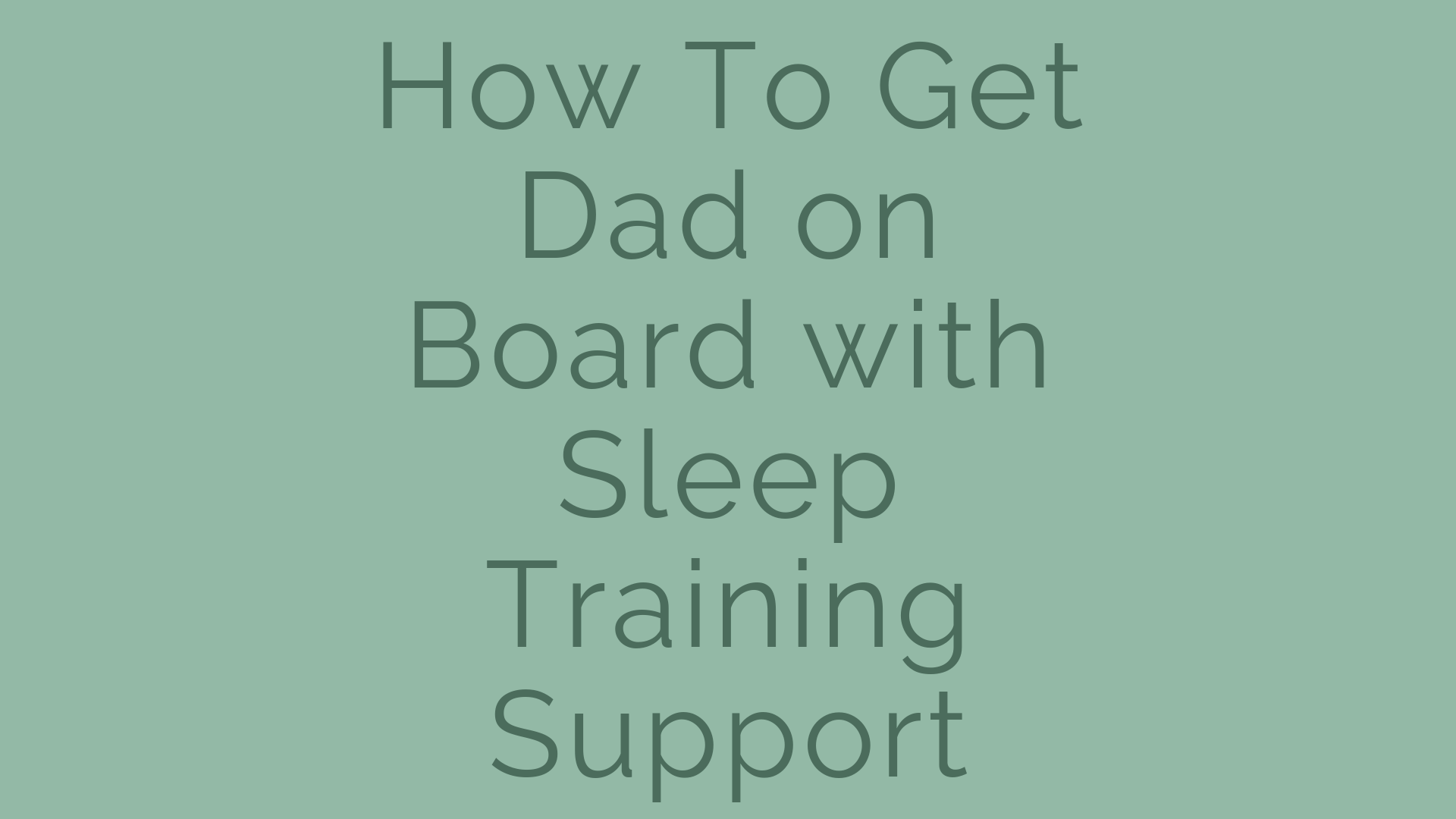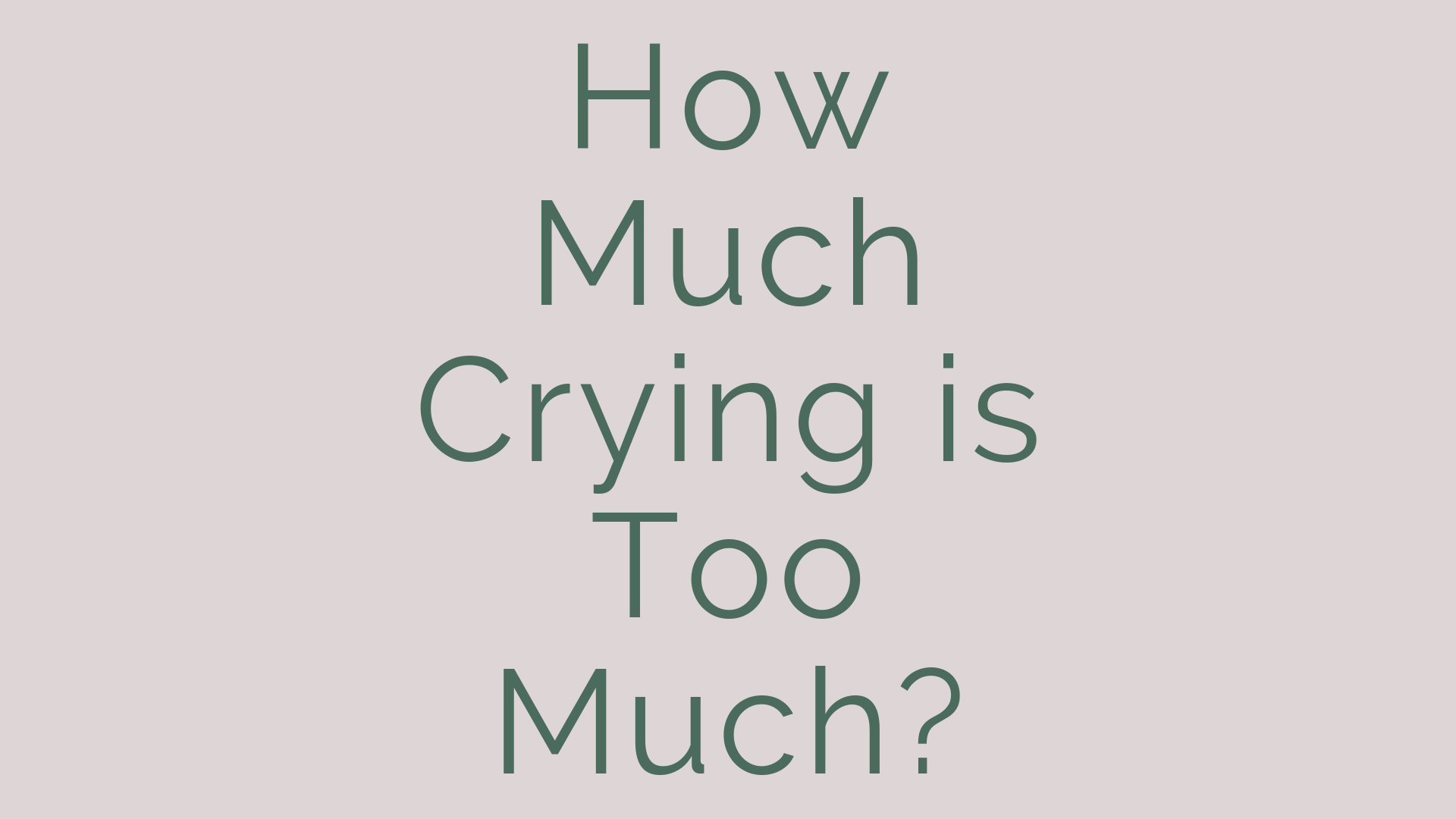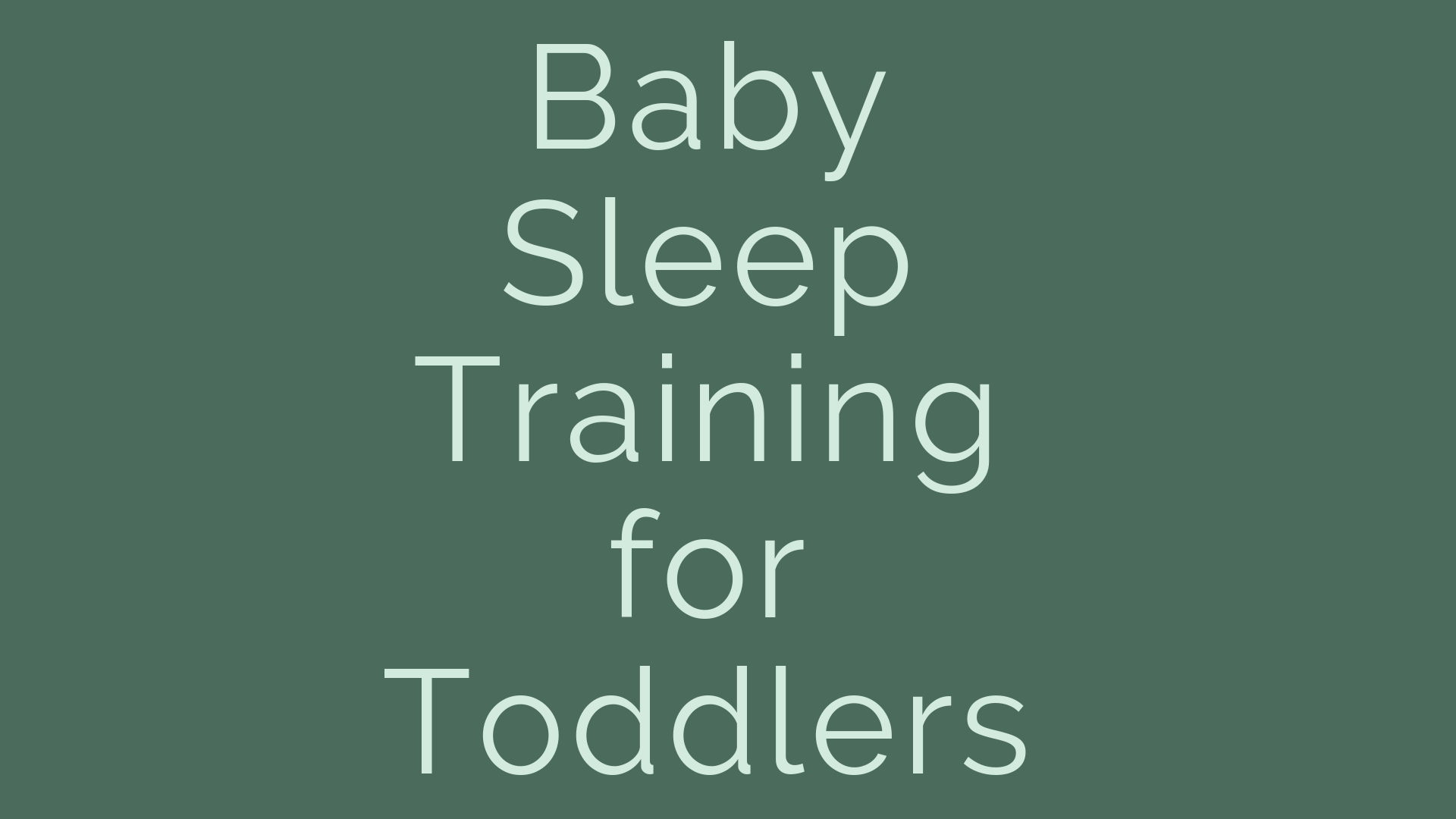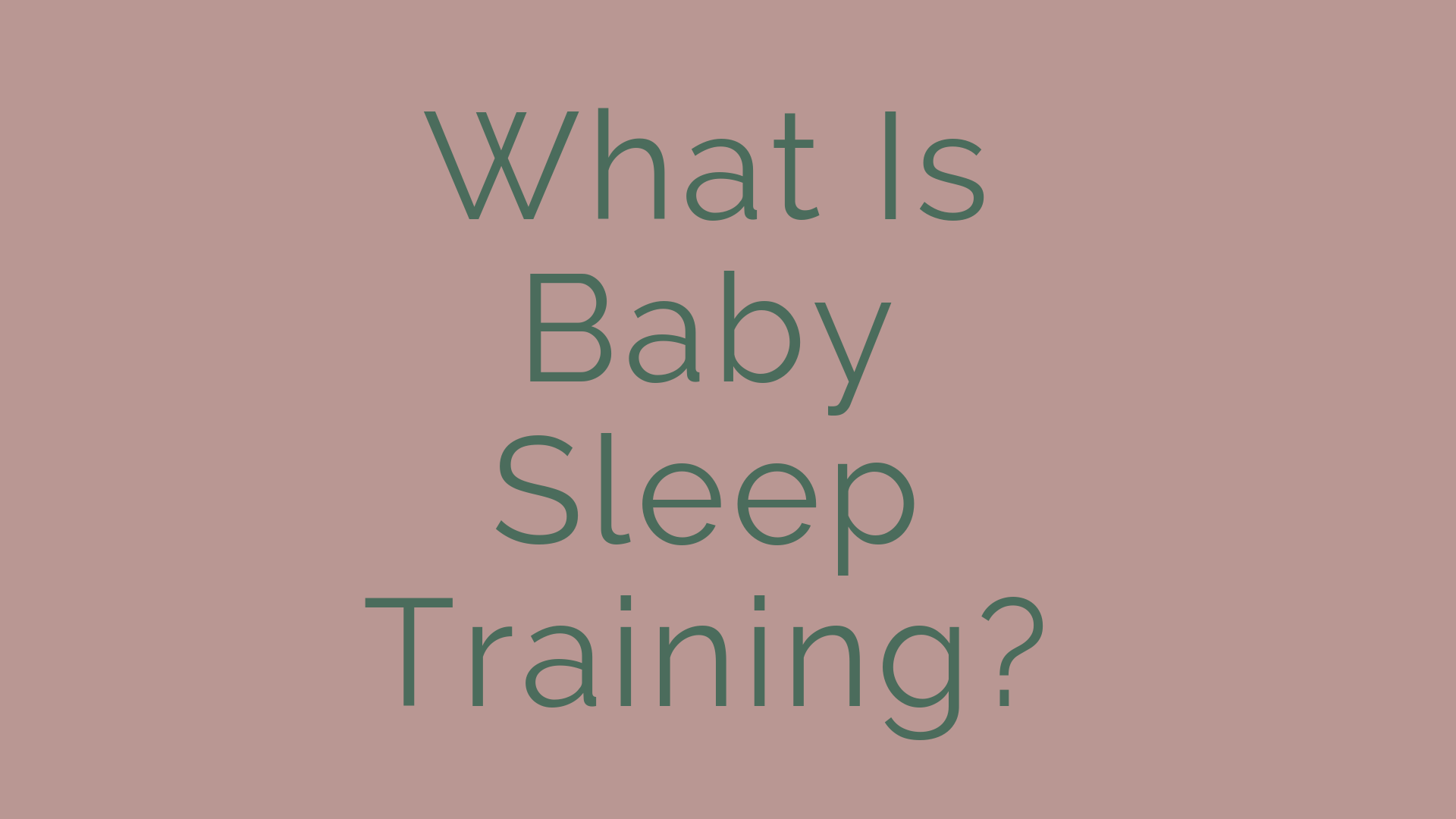Nowadays, the first place almost everyone goes when they have a question is to a search engine. From there, we’re all familiar with the rabbit hole of information and links we encounter. When considering how does baby sleep training work, families might first find related articles on why it’s important to sleep train, or even what’s the ideal age to start nap training. Sometimes you’re lucky and stumble upon the exact answer to your question. And sometimes you need the Baby Sleep Trainer to clear the air 😉 So how does baby sleep training work?

Photo credit: Daniel Reche
What is Sleep Training?
First, let’s establish what sleep training is. Even among sleep training experts and pediatricians, families will find different definitions. Here at Baby Sleep Trainer, sleep training means…
1) a child knows how to go down into a completely empty crib with no sleep props whatsoever (including pacifiers, swaddles, crib positioners, etc.),
2) and is able to go from being 100% awake to 100% asleep with no assistance from parents or sleep props whatsoever.
From there, in order for a child to be fully sleep trained…
1) they need to be sleeping through the night, with whatever the number of feedings the pediatrician says are necessary,
2) and taking the appropriate number of naps for their age group during the day.
What Age Should You Start Sleep Training?
Now that we know what sleep training is, how does baby sleep training work? First, we want to make sure that sleep training doesn’t start before the appropriate age. I recommend parents consider sleep training anytime baby is 16 weeks of age or older. If your child is a newborn, there are many ways to help your baby get the sleep they need without undergoing the official sleep training process.
Once your baby is the appropriate age, it’s a good idea to take some time to identify the different methodologies available. In my opinion, all forms of sleep training are actually cry it out (CIO). What I mean by that is that all forms of sleep training require a child to learn how to fall asleep independently. This typically leads to some kind of protesting from baby (ie. crying). And they need to fall asleep independently so that they are able to put themselves back to sleep when they wake overnight. Which is totally normal for all humans to do. That’s why it’s vital that a child know how to put themselves to sleep at naps and bedtime. So that they can put themselves back to sleep during normal nocturnal arousals.
When a parent removes whatever their child’s sleep prop is that they need in order to fall asleep, so that they may learn to fall asleep on their own, children will express their frustration by crying. While a parent can interact with, and check on, or comfort their crying baby during this learning process, what they cannot do is arbitrarily limit the amount of time the child is allowed to express their frustration before they’re able to figure out how to fall asleep on their own. Many parents conflate the term CIO with extinction CIO. I want to be clear that sleep training does not require extinction CIO in order to be successful. Extinction CIO means no checks, typically for the 12 hour overnight period.
How to Pick the Right Sleep Training Method
All methods of sleep training vary in their level of interaction. Your child’s temperament should be your guide in deciding how hands-on or hands-off your sleep training approach should be. Once you’ve identified the correct method, you want to make sure you have a solid plan in place. Hopefully your plan includes strong, hands-on support. Even with a very descriptive written outline or book, parents very often find they fail sleep training because every child reacts differently to any given set of sleep training guidelines. It is impossible to go through the sleep training process without one, or likely many questions, arising about what to do at any given time through the process. If you make the wrong choice, your child will cry more, and it will take longer to reach your sleep training goals (if you reach them at all).
Thankfully, I have created affordable, online programs to help guide you through the process of sleep training, making sure to include a ton of hands-on support from me to guide you through the process. I created these programs after working with over 4,000 families around the world and I’m grateful for the opportunity to share my expertise with you.
You’re Ready to Sleep Train!
Once you have a solid plan, with adequate follow up support in place, then you are ready to sleep train your baby! I recommend you…
1) begin at bedtime
2)plan to stay 100% at home for the first few days of the process (so that your child can learn how to fall asleep on their own for naps as well as bedtime),
3) and then remember that sleep training generally takes about 1-2 weeks.
Remaining very consistent through the process is vital. And giving your child the time and space to acquire and hone their new skills is important.
Remember, to be successful with sleep training you should:
- Have a sound understanding of what sleep training is.
- Make sure your child is the appropriate age to start sleep training.
- Decide what type of method, and which method exactly, you’ll be following.
- Ensure you have a detailed plan, hopefully with adequate follow up support in place before starting.
- Be prepared to remain consistent for the first 1-2 weeks of the sleep training process.
If you have any questions about how to get started with the sleep training process, please don’t hesitate to reach out. Sweet dreams, and remember that healthy sleep for you and baby is probably much closer than you think.





Hi Natalie,
I really like your posts and articles about sleep training. Can you suggest what to do if your baby uses thumb sucking to assist her to go to sleep during sleep training?
Hi Seema!!
You do a happy dance. Thumb sucking is great (and not preventable). Consider it a gift from mother nature that helps your infant settle and sleep more easily.
Hi Natalie,
We have been sleep training with your method for six nights now, after purchasing and reading your book. Our seven month old son, who was a terrible napper, now reliably takes two naps a day (9am for one hour and 1:30pm for 1.5-2 hours). He has also had a few nights that he slept through the night perfectly.
The other nights, however, have involved him waking up multiple times per night and crying for upwards of two hours. We have stopped his one nighttime feed at the same time as starting sleep training (he is breastfed and now eating solids 3x daily).
Is there something we are doing wrong? We know he can fall asleep on his own – he does it really well for naps. And he can sleep through the night, but he is fighting it like crazy.
Thank you!
Jessica
If you’re interacting him when he wakes overnight, that might be why…but I’d have to know a lot more about what’s going on in order to really be able to help <3 If this doesn't resolve in the next few days, I'd consider the BST+Support program so that I can work with you to help resolve what's happening. https://www.babysleeptrainer.com/purchase/
My baby will only fall asleep if he is being rocked and will nearly always wake up the second that he is put down. We have tried CIO but he gets so worked up it feels cruel to just leave him. We’re now trying pick up put down which seems to be helping at night but nothing is working for nap time.
This is a tough one!! It’s not possible to sleep train without crying, but if you ever come to a point where you are more comfortable with the process, BST is here to help <3
Hi Natalie!
We’ve been sleep training my 4.5 month old with CIO and have found your resources super helpful! He’s been doing great with nighttime and naps, but I have a question about whether one thing we’re doing is technically “assisting to sleep.” My baby likes having his face against the side of his crib (we have those individual pads on the crib rails so he doesn’t hurt himself), and will often put his face there and fall right asleep. We put him down a few inches the side of the crib so it’s pretty easy for him to squirm his way to his favourite position. Last night he woke up crying because he’d managed to maneuver his way to the middle of the crib, and couldn’t get his face to the side. We left him to figure it out on his own, and in 15 minutes he started sucking his thumb and fell asleep. So my question is: are we technically “assisting him to sleep” by placing him near the side of the crib? Should we be putting him down near the middle, or keep doing what we’re doing (i.e., put him down near the side, but let him figure it out on his own when he makes his way to the middle)?
Hello Susanne,
I think as long as you deem he is safe and breathe easily, it’s fine to put him down near the side of the crib, but your suspicions are correct that he’d likely to do better with his sleep over all if you start him off in the middle of the crib (always on his back) in the first place.
Hi Natalie!
I have just recently started the CIO process (very difficult for me) and trying my best! He is at 6.5 month old and naps really well (2 naps a day for 2 hours each) and falls asleep at the same time every night … but he will wake up and continually cry in the middle of the night until I give him a bottle. It’s hard to let him cry because I feel like he is hungry … but he falls asleep immediately if I put the bottle in his mouth and he drinks just a little bit sometimes. So my question is… am I “assisting to sleep” by feeding the bottle through the night or do you think he could still be hungry? Could the bottle be comforting him to fall back asleep and should I just power thru?
Hi Stephanie,
I’d ask your doctor if it’s okay to cut all night feeds cold turkey for baby for 12 hours. If the doctor approves that, follow their advice and cut the night feeds.